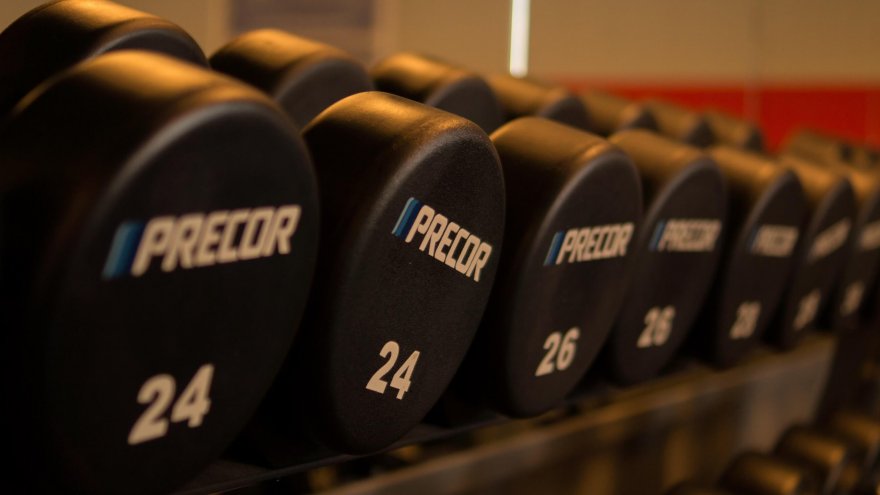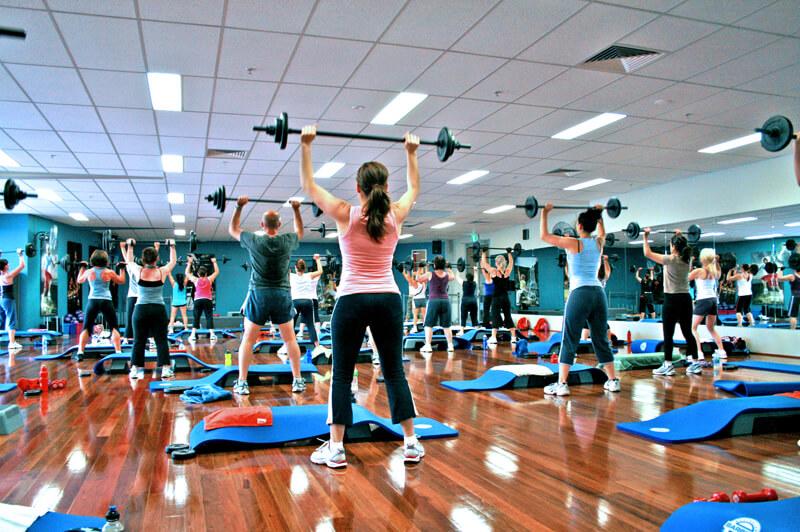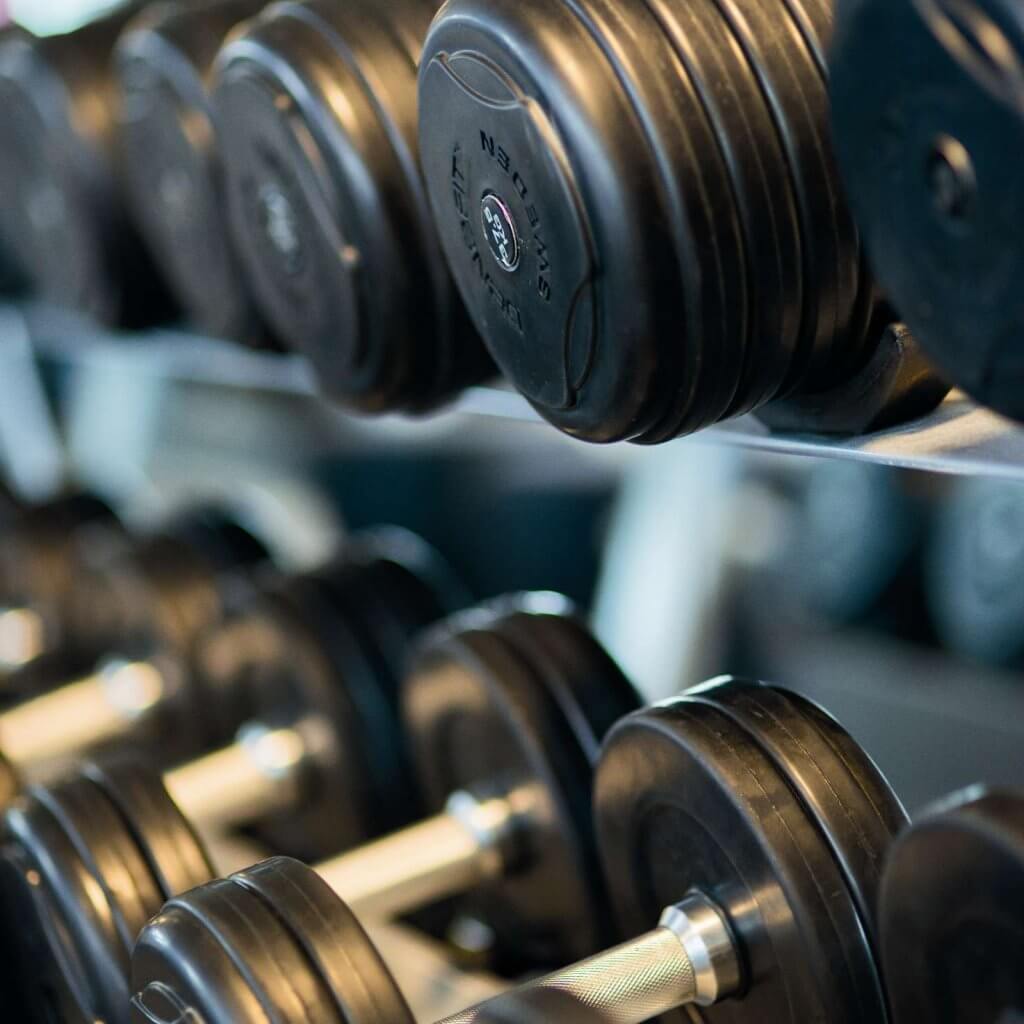Improve Your Running Performance with Complexes

Runners tend to have a pretty strained relationship with strength training. In fact, many endurance athletes have long believed that they should avoid the weights altogether in order to protect their hard-earned performance. Thankfully, a huge body of modern research has effectively debunked this persistent myth.
Still, it’s important to know that – in order to complement your running and improve your performance – your strength workouts do need to be properly designed. You can’t just tear through any old resistance training routine and expect desirable results. So, what should a runner look for in a strength training workout?
Speed, Strength and Power
Although running is often categorized as an endurance sport, the reality is that there are other measures of fitness that also play an important role. Even for long-distance events like marathons, your muscles still need a considerable amount of strength to be able to keep you upright, balanced and safe.
Beyond that, your legs need proper training in order to generate the power needed to propel you forward quickly and effectively. And, although strength and power are terms that are often used interchangeably, these are actually two very different aspects of fitness. How so?

Strength describes your ability to act against a specific resistive load. For you, as a runner, that resistance primarily consists of your body weight. Power, however, involves the speed with which you can move that resistance.
So, when you run, your muscles develop the strength and power needed to move your body weight. But that’s it. By cross training with weights then, you challenge your muscles to work against even higher levels of resistance. When you head out for a run, therefore, your body weight will be comparatively light.
Doing It Right
As mentioned, though, not all strength workouts are created equal. Not when it comes to benefiting runners, at least. So, what type of weight training should runners be using? Remember, you’re looking for something that will building your strength and power. At the same time, you don’t want to be left so exhausted from these lifting seasons that your runs suffer.
To accomplish all of this, complexes are the way to go. Also called post-activation potentiation (PAP) training, complexes are essentially massive supersets that use one piece of equipment – generally either a dumbbell or a barbell – and one weight for every movement. Regardless of their sport of choice, all athletes benefit from the brief, intense, dynamic nature of complexes.

With some careful planning, though, you can tailor complexes to meet your individual needs as a runner. Specifically, select explosive movements that simulate individual portions of the running movement. Examples of useful exercises will follow a little later on, though.
For now, let’s talk about the overall structure of these complexes and how the chosen exercises should be chained together. Generally speaking, most exercises will be limited to about 5 reps – so as to focus your efforts on developing strength and power.
Movements that require explosive energy – requiring your to jump or otherwise push the weight around quickly – should both start and finish the complex. This will allow you to give your best to the most challenging exercises while your still fresh and then require you to summon up that energy – albeit to a lesser degree – at the end when you’re tired.
Remember, too that the exercises need to be performed with the same weight and training tool so that you can seamlessly transition from one to the next. Once you’ve completed the entire complex, you’ll rest for 2 minutes before doing it all over again. When first starting out, try to repeat the entire routine 3 times.
A Simple Sample Complex
Again, there is a lot of room for customization here. Which is part of what makes complexes so much fun. Unfortunately, that can also make them pretty intimidating at first. To give you a starting point, then, here is a sample workout that can be performed with a set of dumbbells.

Pick a relatively light weight at first. After all, you will be performing a considerable number of reps and using that same weight for everything. So don’t try to show off here.
- Jump squats – 5 reps
- Reverse lunges – 5 reps per leg
- Romanian deadlift – 10 reps
- Side lunges – 5 reps per leg
- High knees – 10 reps per leg
- Butt kicks – 10 reps per leg
As you progress, you can adjust the intensity by shortening the rest time between sets and increasing the weight of the dumbbells.
The big question, though, is how to incorporate this into your routine. At first, only do this complex once each week – on a day that you’re not running. This is cross training; it’s meant to improve your running, not take away from it.
Depending on your fitness level, your training style and your goals, however, you could perform complexes twice each week. Just make sure that give yourself plenty of time to recover.
Latest Articles
 Is Running on a Treadmill Easier Than Running Outside?Runners have their own preferences, whether it is treadmill running, running outside on the road, or exploring trails. So...
Is Running on a Treadmill Easier Than Running Outside?Runners have their own preferences, whether it is treadmill running, running outside on the road, or exploring trails. So... Is It OK to Use Trail Running Shoes on the Road?While trail running shoes can be used on roads, especially in situations where a runner encounters mixed terrains or pref...
Is It OK to Use Trail Running Shoes on the Road?While trail running shoes can be used on roads, especially in situations where a runner encounters mixed terrains or pref... How to Fix Sore Quads After Running?Rest, ice, gentle stretching, and over-the-counter pain relievers can help soothe sore quads after running. Also, ensure ...
How to Fix Sore Quads After Running?Rest, ice, gentle stretching, and over-the-counter pain relievers can help soothe sore quads after running. Also, ensure ... 10 Fruits With The Most Electrolytes to Replace Sports DrinksThese fruits are high in electrolytes such as potassium, magnesium, and calcium, essential for hydration, muscle function...
10 Fruits With The Most Electrolytes to Replace Sports DrinksThese fruits are high in electrolytes such as potassium, magnesium, and calcium, essential for hydration, muscle function...

